Gun Crazy / Deadly is the Female (1949)
“Some guys are born smart about women, and some guys are born dumb.”
|
Synopsis: |
|
Genres, Themes, Actors, and Directors:
Response to Peary’s Review: Peary notes, however, that Lewis’s “more inspired contribution was giving his leads to the relatively unknown Cummins (a British actress) and Dall”. In his review of the film for his first Cult Movies book, Peary elaborates on this point by writing that “they both prove to be highly skilled actors who lend an intelligence to the proceedings and express such a complex array of emotions so honestly that it is truly hard to believe that they are not playing themselves”; in sum, “they are simply terrific”. Dall — who most film fanatics will only know from one other movie, Hitchcock’s Rope (1948) — was particularly inspired casting; Peary notes that in an interview with Lewis, he learned Lewis specifically wanted to cast a gay male in the lead because of the inner tension he felt such a man (in mid-century America) would inevitably bring to the role. Meanwhile, unknown Cummins is simply a revelation as (in Lewis’s own words) a “beautiful demon who no man can resist or help forgiving when she does wrong”. To that end, Peary points out that he actually differs from Lewis’s own interpretation of Laurie (Cummins); Peary sees her as “the victim of a world that doesn’t forgive past sins” — a woman who may “play men for suckers” and “lead a bad life” but who “is sincere when she apologizes to Bart [Dall] for being unable to control her mean temper”. He likens her thrill-seeking tendencies to “a fiend who needs a fix or an alcoholic unable to control the urge to drink” — and this is exactly how I interpret her, too. Indeed, it’s fascinating to see a character who so clearly fits the femme fatale mold, yet remains oddly sympathetic throughout; we really do get the sense she can’t help herself, and wants to (in her words) “be good”. Adding to our sympathy is the fact that she and Dall are (eventually) so obviously in love with each other: as Peary notes, “Even when they flee police on foot through rough terrain, are soaking wet, dirty, bruised, exhausted, and in a panic because they can hear the bloodhounds, he still calls her ‘honey’, and they still take a moment to hug and kiss”. Redeeming Qualities and Moments:
Must See? Categories
(Listed in 1001 Movies You Must See Before You Die) Links: |
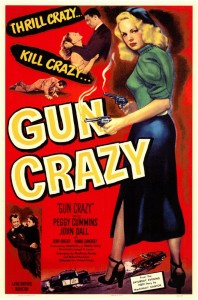
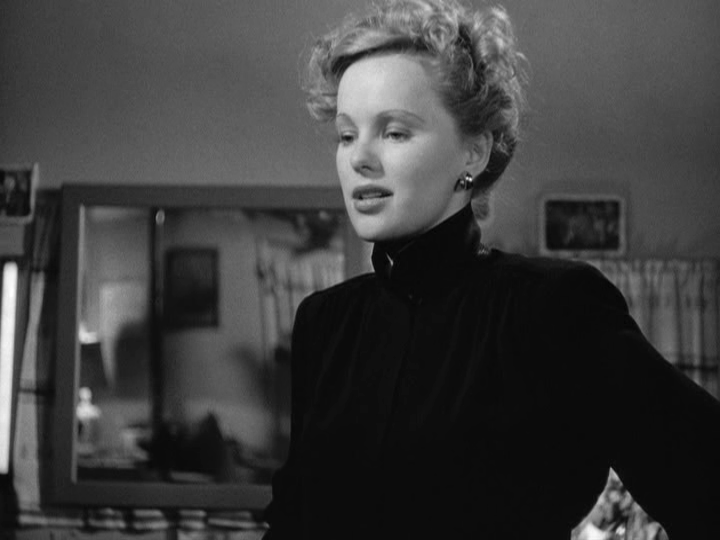

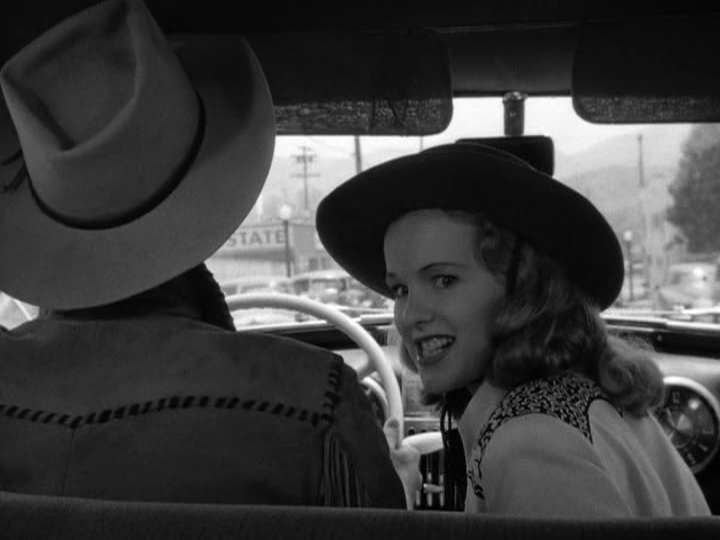

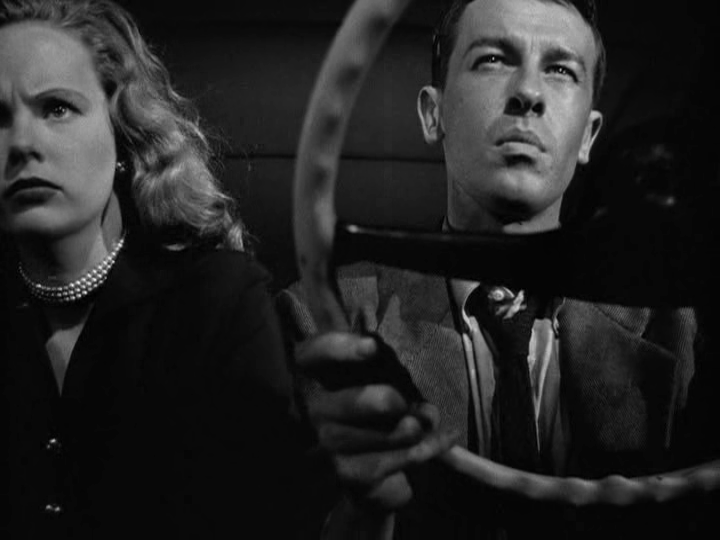

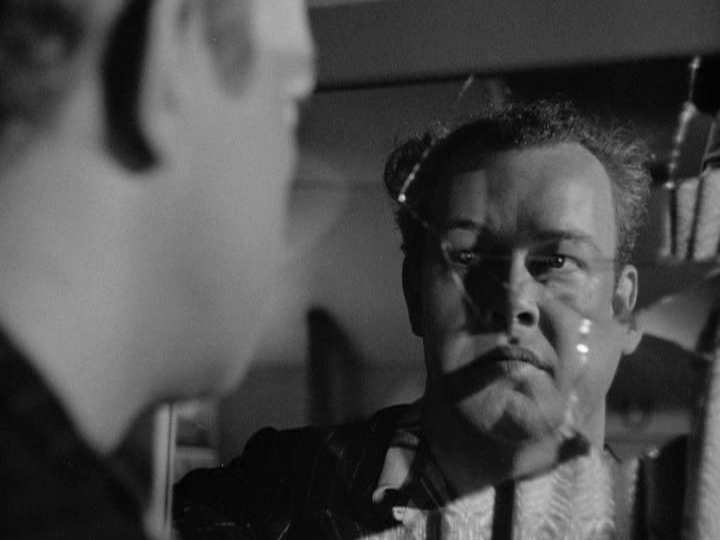
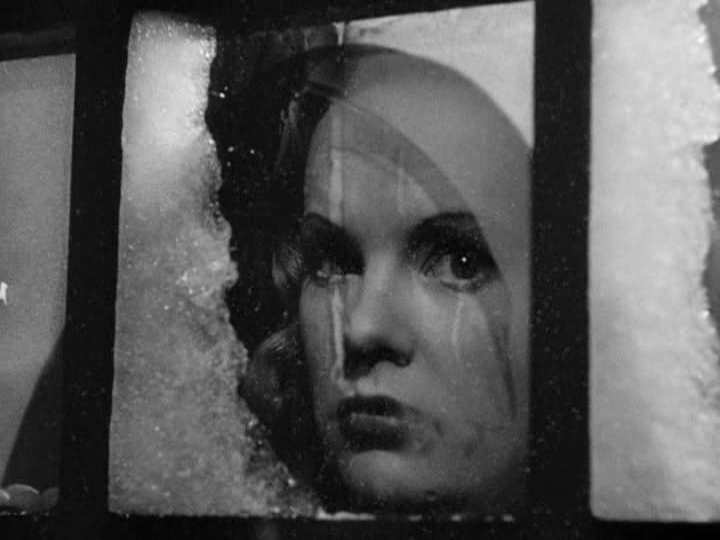


One thought on “Gun Crazy / Deadly is the Female (1949)”
A no-brainer must. This is a razor-sharp package of direction, cinematography, script & acting!
~whenever I return to it, I’m reminded of how rich this film is. In a sense, one could probably write volumes on it – and I’m sure many film scholars have; but I’ll restrain myself to basic thoughts.
Although I agree with a number of Peary’s observations, I take issue with two:
1) the reference to “insensitive, smalltown America”…huh? As evidenced by the lengthy courtroom sequence which opens the film and then the equally lengthy penultimate sequence – in which Bart returns to his hometown with Laurie to hide out, the town is depicted as uniquely fair and very concerned about the well-being and safety of its inhabitants.
2) I don’t quite see Laurie as a victim. Sorry. I do concede that she does have it in her to make an honest attempt to live the straight life…as long as she’s kept in money. But when Bart’s funds run low, Laurie has no strength of character to do anything for herself except lash out at the world. (She also has a particular grudge against women, esp. those who know how to function in society – as we significantly see at least twice.)
Of course, we learn a lot more about Bart than we do about Laurie; the film spends a good deal of time in its slowly paced first-third focused on Bart’s inherent goodness. But, from a very young age, Bart is seen to be a loner as well. He has two main friends and that seems to be about it. (Of course, these two friends will never really leave Bart’s life – nor change their compassionate attitude toward him – as the viewer ultimately learns.) Once Bart starts up with Laurie, it’s hard not to notice a mirror-image relationship at work. As a result, it seems to me that – although Laurie could just continue along in her own wayward way without true companionship – Bart feels responsible for her. It’s as if he can’t do enough to improve himself, but at least he can look after Laurie, and keep her from going too far. He almost succeeds.
There’s a surprising number of details in the screenplay that one doesn’t expect – esp. in what, on the surface, seems like just a B-movie. And Harlan’s camerawork is, in some way, key to the success of the film. You can’t help but note the number of close-ups and smooth zoom-ins. Lewis and Harlan really want you to pay close attention to this story, and to these two characters. And, of course, with Dall and Cummins playing them, we want to pay attention.
Dall and Cummins share this legacy: they are both best remembered for this cult item and for one other cult item each (as noted, Dall for ‘Rope’, and Cummins for ‘Curse of the Demon’). Certainly their involvement in these projects should have brought more their way. But…who knows why that wasn’t to be.
Note: Dall, in particular, is memorable as believably portraying a heterosexual man. It’s called ‘acting’. Well, so much for gay people not being able to convince as straight!